SUMMARY
This is AI generated summarization, which may have errors. For context, always refer to the full article.
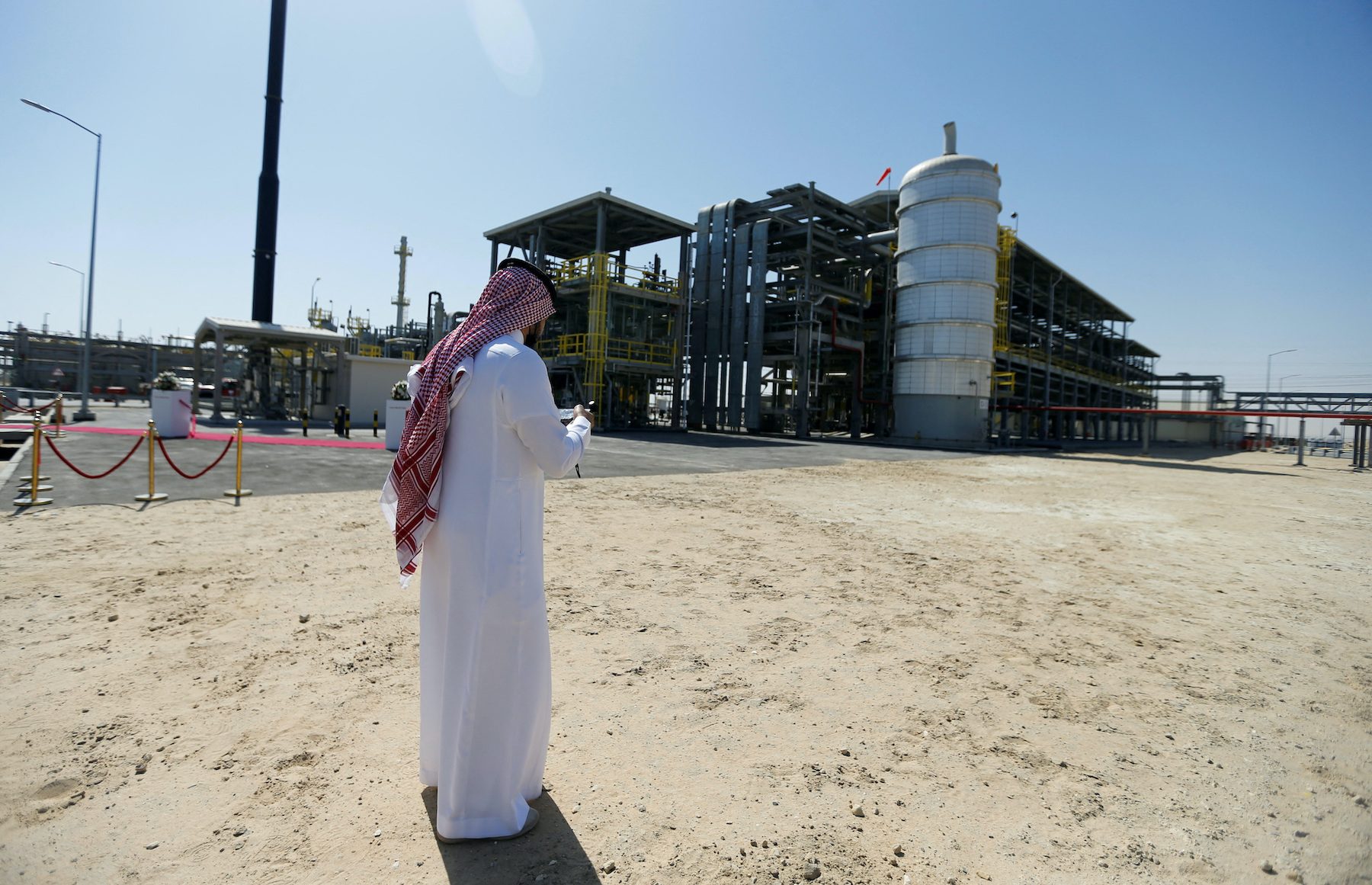
DUBAI, United Arab Emirates – A petrodollar windfall is helping some Gulf Arab states pay down debt and providing cash for others to diversify their oil-reliant economies, but it is also testing commitments to fiscal discipline as governments try to shield citizens from inflation.
Gulf oil producers have promised more prudence this time as crude prices have spiked higher, seeking to learn the lessons of previous periods of plenty that rapidly turned into eras of belt tightening and deep deficits.
The six Gulf Arab states – Saudi Arabia, the United Arab Emirates, Kuwait, Qatar, Bahrain, and Oman – are on track for budget surpluses, some for the first time in a decade, with the help of buoyant oil prices and years of fiscal reforms.
Now, say analysts, they must hold this conservative line.
“The temptation to revert to pro-cyclical spending is real, especially as government contracting continues to drive economic activity in the largest economies, like Saudi,” said Karen Young, senior fellow at Middle East Institute in Washington.
Some signs are encouraging. Saudi Arabia, Kuwait, and Bahrain have cut spending in their current budgets, although the UAE, Qatar, and Oman are spending more. Most budgets were drawn up before Russia invaded Ukraine, which helped send oil surging from below $80 a barrel at the end of 2021 to above $100 now.
Following the Fed
Rocketing crude prices and other inflationary pressures have prompted central banks around the world to jack up interest rates, notably the US Federal Reserve. With most Gulf Arab state currencies pegged to the dollar – except for Kuwait’s, which is linked to a currency basket – they have largely followed suit.
But inflation at home, even if not as high as elsewhere, has encouraged some, such as Saudi Arabia and the UAE, to boost state spending on social welfare to help citizens.
“The expectation is that inflation is not going to go out of control, but the pressures are there,” said Ravi Bhatia, director and lead analyst at S&P Global Ratings. “I don’t think it’s going to be a game changer on the fiscal front.”
Annual inflation in the UAE, the only Gulf state with no cap on vehicle fuel prices, rose to 3.3% in the first quarter, its highest since August 2018. Gasoline prices have jumped by 60% since February.
Long-term shift
Seeking to offset such price pressures on citizens, Kuwait, which faced a liquidity crunch in 2020, has approved a one-time grant for pensioners totaling almost 600 million dinars ($1.95 billion). Oman has cut electricity tariffs for households.
But Gulf states are increasingly aware that the world’s long-term shift away from fossil fuels puts a limit on this oil bounty, adding impetus for them to spend more of their cash windfall on diversifying oil and gas-reliant economies.
Saudi Arabia, the UAE, and Oman, for example, have all outlined plans to develop production of “green” hydrogen, made by splitting water using renewable energy.
Gulf sovereign wealth funds are also playing a part in broadening the role of private enterprise in economies that have long depended on state spending as the main driver.
Scott Livermore, chief economist at Oxford Economics, said spending on diversification from oil would remain high, but he added, “The area where ambitions may be scaled back is diversification of fiscal revenues and trimming back public sector employment.”
Saudi Arabia, the world’s top oil exporter which posted a $15.3-billion first quarter budget surplus, has said it was “decoupling” state spending from oil price fluctuations.
That promise will be tested as soon as September with the 2023 pre-budget statement. The kingdom planned a 955-billion-riyal ($254 billion) budget this year, down from 990 billion riyals last year.
Some of the expected surplus, the kingdom’s first in nine years, is expected to go to the Public Investment Fund (PIF), the sovereign fund that has said it plans to invest 1 trillion riyals domestically by 2025.
“We will see more spending on large domestic development projects, especially those under PIF’s purview, and I would expect more demands for transparency in those project budgets,” Young said.
Funding requirements
The UAE said in June it aimed to increase its spending by 1.23 billion dirhams ($335 million) in 2022, or about 2% more than originally forecast for the year.
Oman has loosened its purse strings further, hiking state budget spending by 12% to 12.1 billion rials ($31.4 billion) in 2022 compared to 2021, and raised its budget for development projects by 22% to 1.1 billion rials.
For Oman and Bahrain, both far less well-endowed with fossil fuels than their neighbors and the only “junk”-rated Gulf Arab states, the petrodollar boon may alleviate some debt pressure.
Monica Malik, chief economist at Abu Dhabi Commercial Bank, said this would help them out in the short term but added: “Their funding requirements will remain high for repayment of debt. Thus will remain an issue in the coming years.”
Oman bought back more than $700 million of its bonds in June, a move ratings agency S&P said “supports improving metrics.” Meanwhile, the International Monetary Fund said Bahrain’s level of debt to gross domestic product (GDP) fell to 129% in 2021 from 130% in 2020 and was expected to hit 116% in 2022.
S&P revised its outlook for Kuwait, which has not tapped the international debt markets for years, to stable from negative on a favorable oil price and production outlook, and it forecast a cumulative budget surplus of 18% of GDP over 2022 to 2023.
Unlike its Gulf neighbors, gas is the main economic driver for Qatar, where its plans to expand liquefied natural gas production may now help Europe as it tries to wean itself off Russian piped gas.
Kuwait, Qatar, Oman, and Saudi Arabia have the largest energy sectors compared to GDP, in that order, and may see the largest fiscal deterioration if a global economic downturn weakens the world’s demand for fuel.
But even if the world’s economy proves more resilient, the global drive to shift away from fossil fuels remains a longer-term concern. “The biggest risk is a persistent oil demand destruction,” said Moody’s analyst Alexander Perjessy. – Rappler.com
$1 = 3.7530 Saudi riyals
$1 = 3.6727 UAE dirhams
$1 = 0.3850 Omani rials
$1 = 0.3079 Kuwaiti dinars
Add a comment
How does this make you feel?

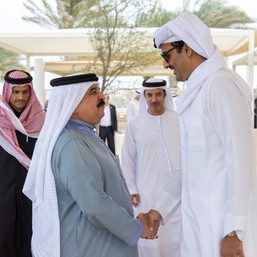
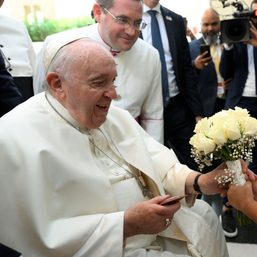
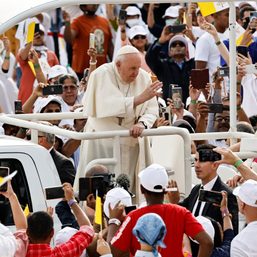
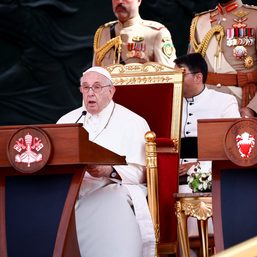
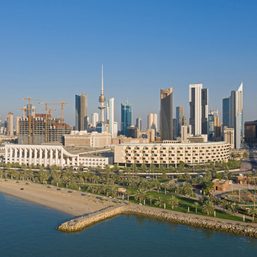


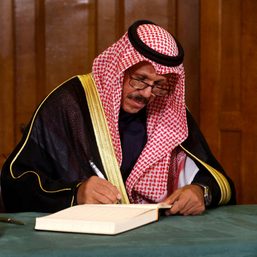

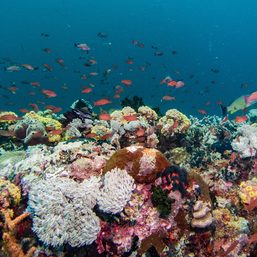
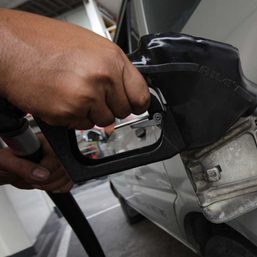
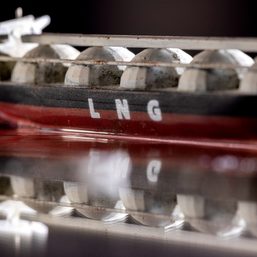
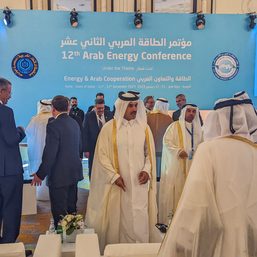


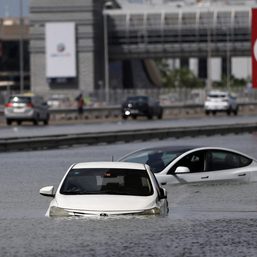
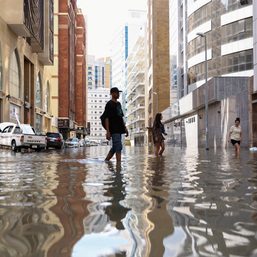
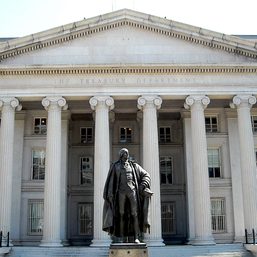

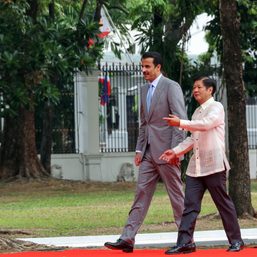
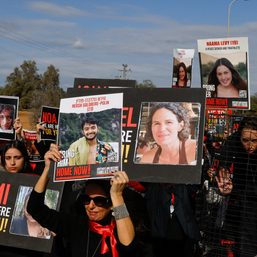
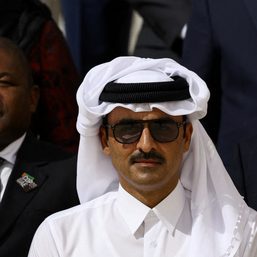
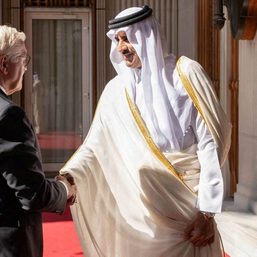




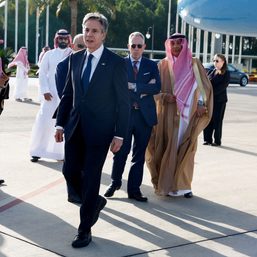
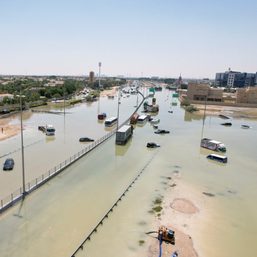
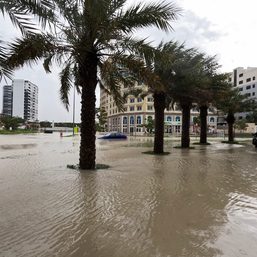

There are no comments yet. Add your comment to start the conversation.